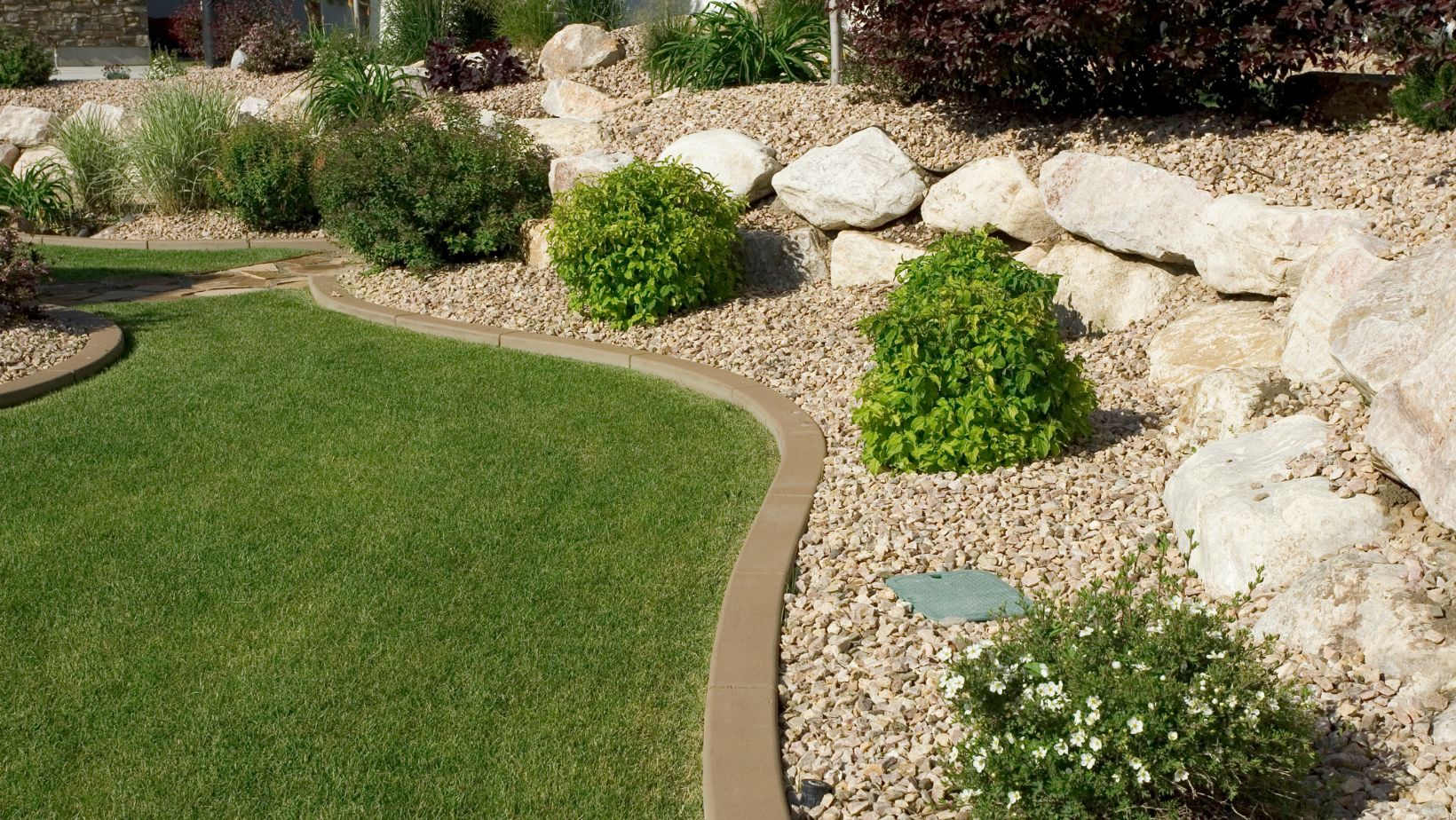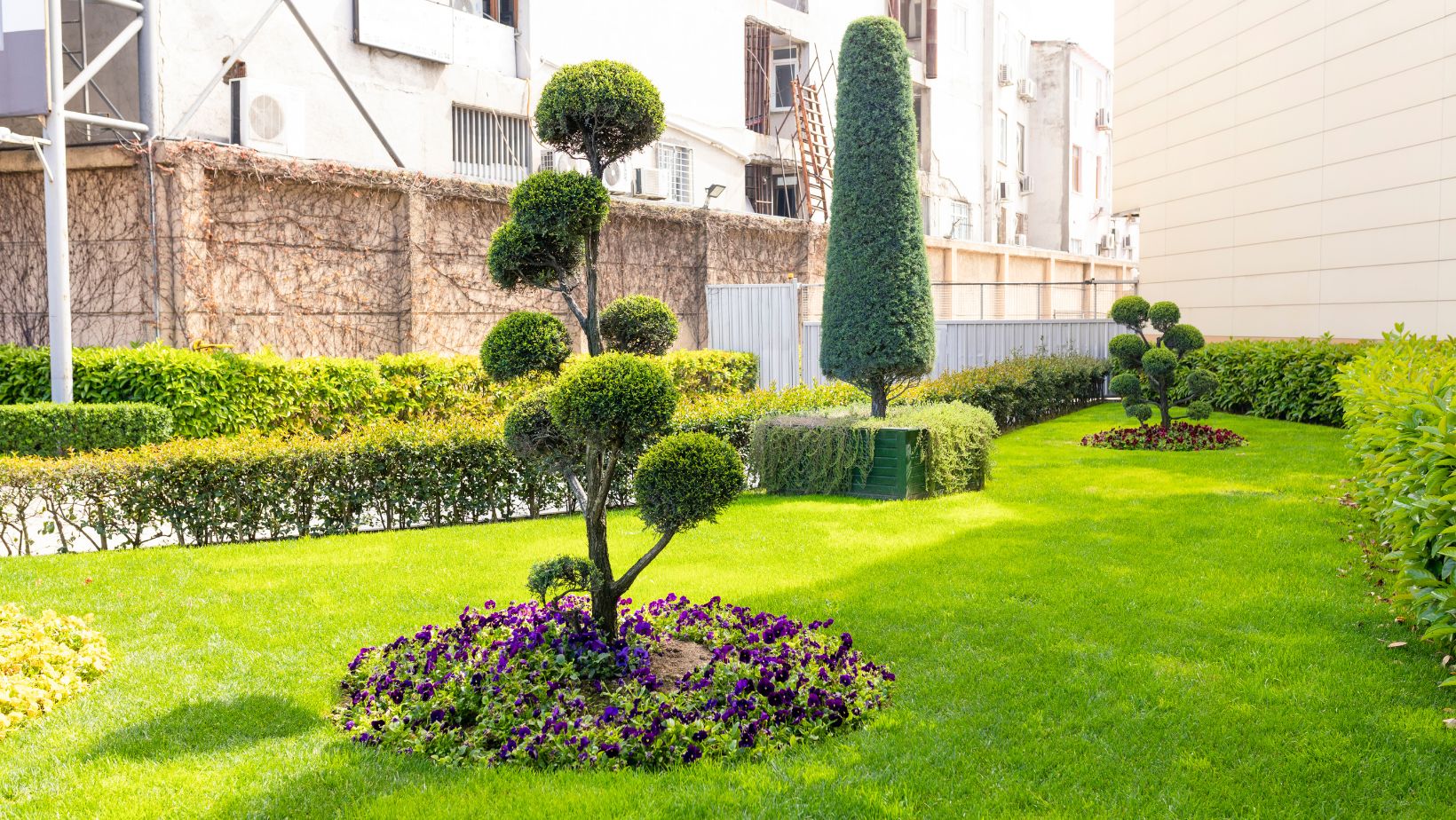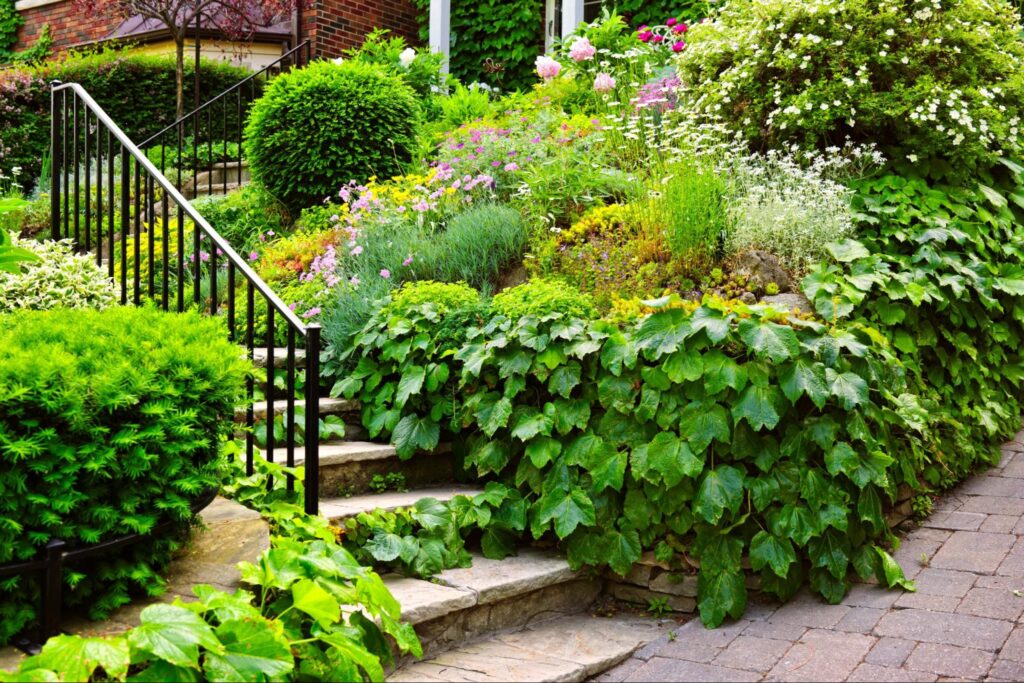For homeowners, the health and function of underground pipes are paramount. These hidden yet vital structures are often overlooked until problems arise. Pipe damage can lead to costly repairs and disruptions, so understanding how everyday landscaping decisions can impact their integrity is essential. It’s surprising how significantly certain landscaping choices can affect these concealed conduits. This article aims to educate homeowners on the most common landscaping mistakes that can inadvertently damage underground pipes and how to avoid these errors to maintain a safer and more efficient home environment.
Mistake #1: Planting Trees with Invasive Root Systems
One of the most common oversights in residential landscaping is planting trees with roots that aggressively seek moisture and nutrients. Trees like willows, poplars, and pines are notorious for their invasive root systems. These roots can infiltrate pipe joints and seams, seeking the water inside, which poses a significant risk to the integrity of underground pipes. Before selecting trees for a garden, researching their species is crucial. Homeowners should prioritise trees such as magnolias, dogwoods, or Japanese maples, known for their non-invasive roots that are less likely to interfere with pipes.
If you already have mature trees with potential root issues, regularly maintain and prune them to minimise the risk. Consulting with a tree care specialist might be beneficial to keep the roots from expanding into unwanted areas. Understanding how tree roots can clog your drains can save time and money by avoiding unnecessary plumbing emergencies.
Mistake #2: Ignoring Soil Erosion and Ground Movement
Soil erosion and ground movement are often underestimated in their potential to cause pipe misalignment and pressure build-ups that can lead to fractures or blockages. Residential landscapes can be prone to erosion due to rainfall, wind, and poor landscaping practices. Erosion can compromise the soil structure supporting pipelines, leading to misalignments that can increase pressure on pipes and cause damage over time.

Preventing erosion involves adopting proper landscaping techniques such as planting ground cover plants that hold the soil in place, using mulch, or creating terraces. Additionally, retaining walls can be essential in stabilising the ground and preventing shifts that might affect pipes. Homeowners should consider these solutions to safeguard their pipes and enhance their property’s aesthetic appeal.
Mistake #3: Over-Watering Lawns and Gardens
While a lush, green lawn might be the goal, over-watering can lead to saturated soil, putting undue pressure on underground pipes. Over-saturation can weaken the soil’s ability to support the piping infrastructure, potentially leading to sagging or breakage. Signs of over-watering include persistent puddles, yellowing leaves, and an increase in weeds, which can all indicate excess water in the landscape.
Strategies for efficient irrigation include drip irrigation systems, which deliver water directly to the roots, significantly reducing water usage and soil saturation. Implementing rain sensors or a smart irrigation system can also help adjust watering schedules based on weather conditions, conserving water and protecting pipes. Sustainable landscaping practices safeguard the integrity of underground pipes and contribute to environmental conservation by reducing water waste.
Mistake #4: Failing to Plan for Drainage Systems
Effective drainage systems prevent water from accumulating and exerting excessive pressure on pipes. Poor drainage can lead to flooding, causing water to pool and saturate the ground above pipes, increasing the risk of bursting. Without proper drainage, even moderate rain can lead to detrimental effects on your plumbing system.

Various drainage systems, such as French, trench, or surface drains, can be incorporated into residential landscapes to control and direct water flow. These systems help prevent soil erosion and reduce groundwater pressure on pipes. Proper installation and maintenance of drainage systems are critical to ensure they function effectively. Regular cleaning and inspections will keep these systems in working order, thus protecting the pipes below.
Mistake #5: Placing Heavy Structures Over Pipes
Heavy garden features like grand statues, extensive patios, or stone walkways can spell trouble for underground pipes if placed incorrectly. The pressure from these structures can cause pipes to crack or collapse, leading to significant repair needs. Understanding the subterranean piping network layout in your yard before embarking on substantial landscaping or construction projects is vital.
Homeowners should consult property blueprints or seek professional advice to assess the underground pipe maps. If underground pipes are located where heavy structures are planned, consider repositioning them or using lighter materials. Alternatives like decorative gravel paths or wooden garden features can enhance the landscape aesthetic without risking pipe damage.
Conclusion
Landscaping is an art and a science that requires mindful consideration to prevent unintended consequences, such as damaging underground pipes. The key is to avoid common pitfalls: beware of trees with aggressive roots, prevent soil erosion, manage water usage efficiently, install proper drainage systems, and consider the implications of placing heavy structures over pipes. Protecting these crucial components of your property’s infrastructure maintains a safe living environment and preserves property value. Ultimately, consulting with landscaping and plumbing professionals can ensure that beautification and safety objectives are met. A balance between aesthetic appeal and practical utility is the hallmark of successful home landscaping.
